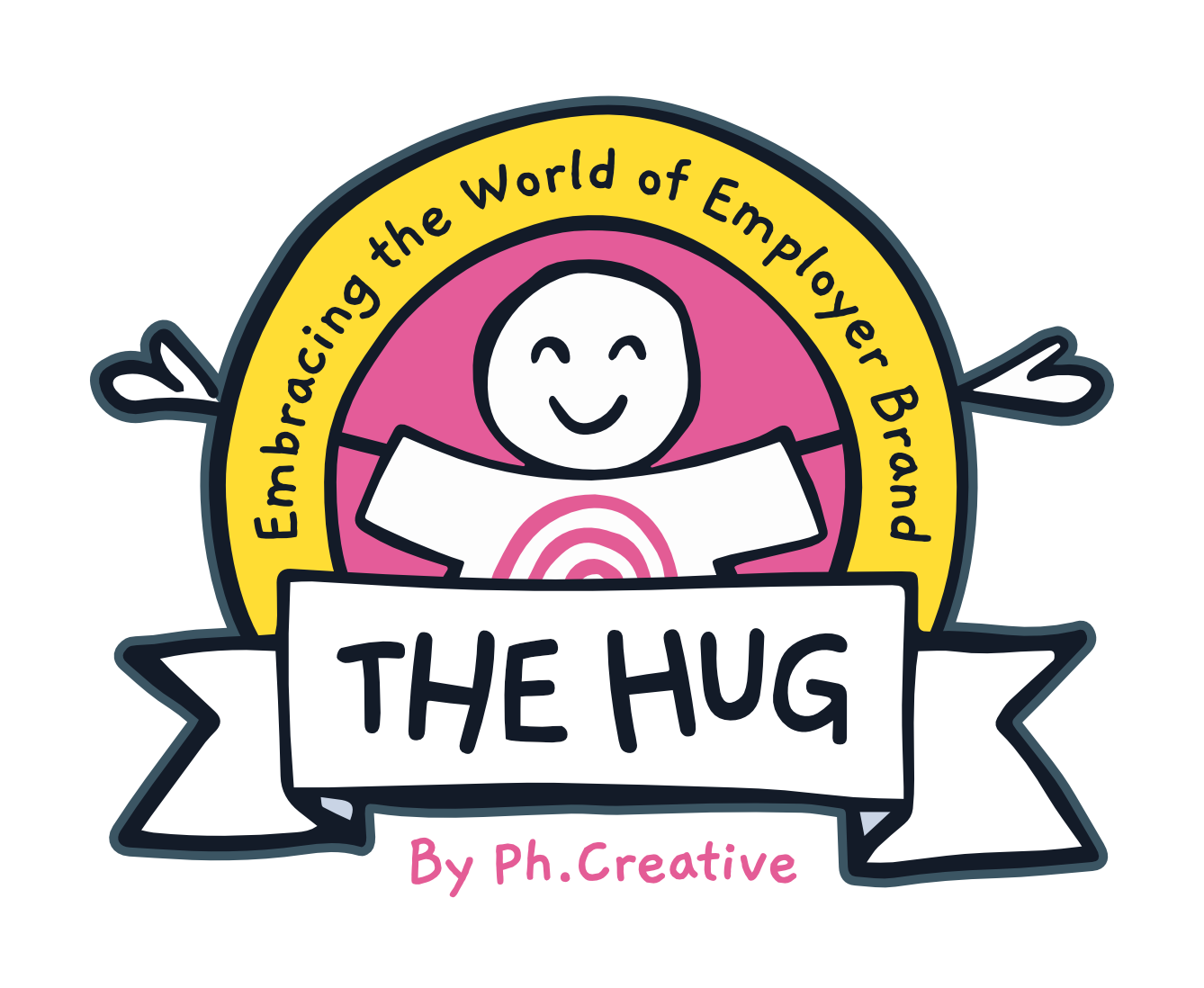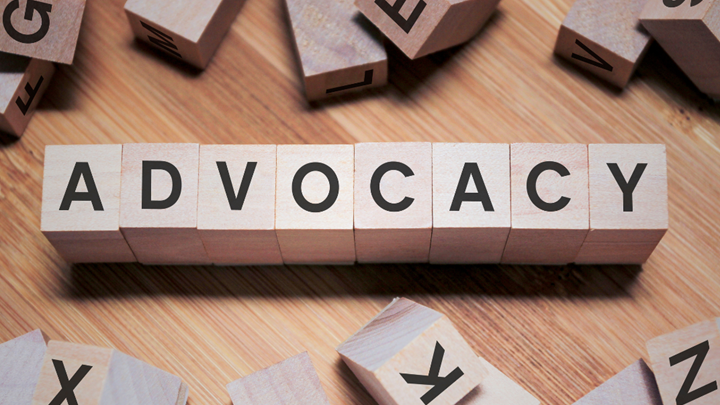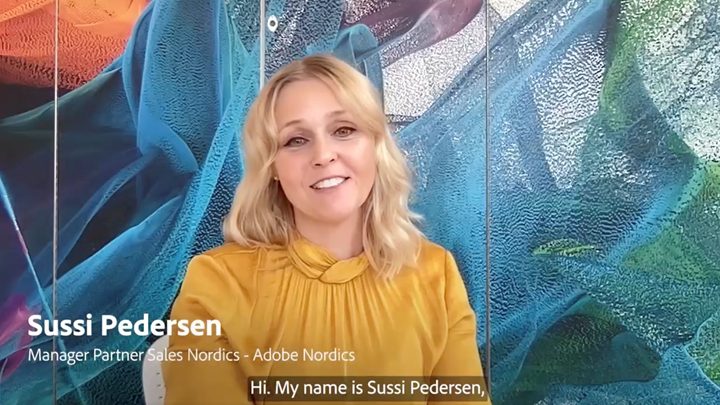The Three Golden Rules of Employer Brand Content
3 min read.Navigating uncertainty in employer branding
Budgets are tight for most this year. Layoffs, economic strain, and structural upheaval have set a precarious path for employer brand leaders as they try to navigate what’s ahead.
Tech enthusiast and the current Head of Employer Brand and People Experience at Happening, Ben Phillips, is no stranger to this challenge.
Forming when two start-ups in Croatia were bought by the Superbet group, tech company Happening started out with three colliding cultures, which made rooting out unifying themes problematic.
And with yet more changes on the horizon, Ben explains, “It’s hard to create an EVP when you’re going through significant business transformation and cultural change. It's easy to get trapped in a wheel spin and wallow in the mud. ‘We don't know what we're doing. We've got no budget. Let's just stop everything.’”
So how do you proceed when so much seems up in the air? How do you combat the paralysis of uncertain times within the business, to proceed with confidence and momentum in your employer brand work?
Going all in on employee advocacy
“One thing you can do,” Ben says, “agnostic of any scenario you're in, is advocacy. We're piloting advocacy at Happening because the best way to communicate any form of employer brand is through your people.”
Aside from setting KPI’s around getting more LinkedIn engagement, website visits, positive Glassdoor testimonials, or whatever other goals you have, there’s a simple way to bolster advocacy in your organisation. And with this approach, less is more.
“Find people who are doing it, give them some support, give them some energy, give them some ideas,” Ben advises, “and then just get out their bloody way - because they're already doing it. They're already adding value to their community. So, embrace it, make them the star.
And if your people are posting cool stuff without clearly signposting the organisation they’re doing it with? It may not be as disastrous as you think.
“The purpose of advocacy is to let your people take centre stage. Celebrate them for individuality, show your audience that you have talented colleagues and your company will benefit from the halo effect of that. You repost it on LinkedIn, it's got your logo on it as you’ll appear as their ‘current employer’, so people are making that mental connection. You don't need to go hammer and tong.”
The 3 golden rules of employer brand content
There’s no shortage of employer bland content out there.
You know the type –- the tepid “look how great we are”, “what I love about company x” posts, starved of personality, heavy on the buzzwords, and easily tuned out by talent.
They’re the employer branding equivalent of a beauty pageant contestant wanting “world peace”, or X factor auditioners feeling “nervous but excited.” Yawn.
Ben believes to battle against this timid noise, three things are essential.
These simple but powerful core principles should be present in all your employer branding and talent marketing messaging.
And thankfully, you don’t need a high budget or a ton of resources to get started.
“Number one, it needs to come from your people,” Ben stresses. “Talent don't really give a shit about hearing from Happening, or any company for that matter. However, Ivan or Hanna from Happening? Someone they can perceive as ‘just like me’ and can connect with on a more human level? Now that is something they might actually stop to engage with.
“And number two, it has to add value to people's lives. People don’t care about content that’s like, “I’ve been here one year, let’s celebrate,” because it’s not adding value to them. Whatever, boring. But if a developer sees content of Ivan talking about the latest thing he's done with Python, there’s a chance they’ll think, ‘Ivan works at Happening. Ivan's a cool guy doing interesting stuff. Maybe I’d like to work with someone like Ivan in future, and Happening looks like a place where I’ll be able to do that.’”
“Also, the contextual platform is important. At Happening, we look for engineers, technical people, right? So, you put yourself in those shoes: they're sat on the sofa on a weekend, flicking through Reddit, just geeking out like they tend to do. What’s going to make them stop scrolling?”
So to summarise, when producing content:
1. Make it about and from your people
2. Ensure it adds value to the audience you want to engage with.
3. Always put yourself in the shoes of the people you’re trying to reach and ask, “will the person on the other side of this care about it?”
Follow these rules, be strategic with content, pique the interest of the right people and track the metrics aligned to whatever your advocacy goals are.
A helpful reminder
If you’re hung up on the idea that competitors are outpacing you, Ben has some sage advice: “I've been in large companies, small companies, client side, agency side, SAS side. Everywhere is mental right now - if that helps anyone out there?
“No one is as advanced as you think they are. No one's got the resources they want or need. Everyone thinks everyone else is way ahead of them. Just chill, relax, and take a bit of comfort in the knowledge that everyone is going through the same challenges.”
Sign up to our blog

Every other Thursday we share:
✔ One feature full of our freshest insights
✔ An expert hack you'll love to use
✔ The links you need now
+ other helpful bits for thousands of EB and TA pros just like you




